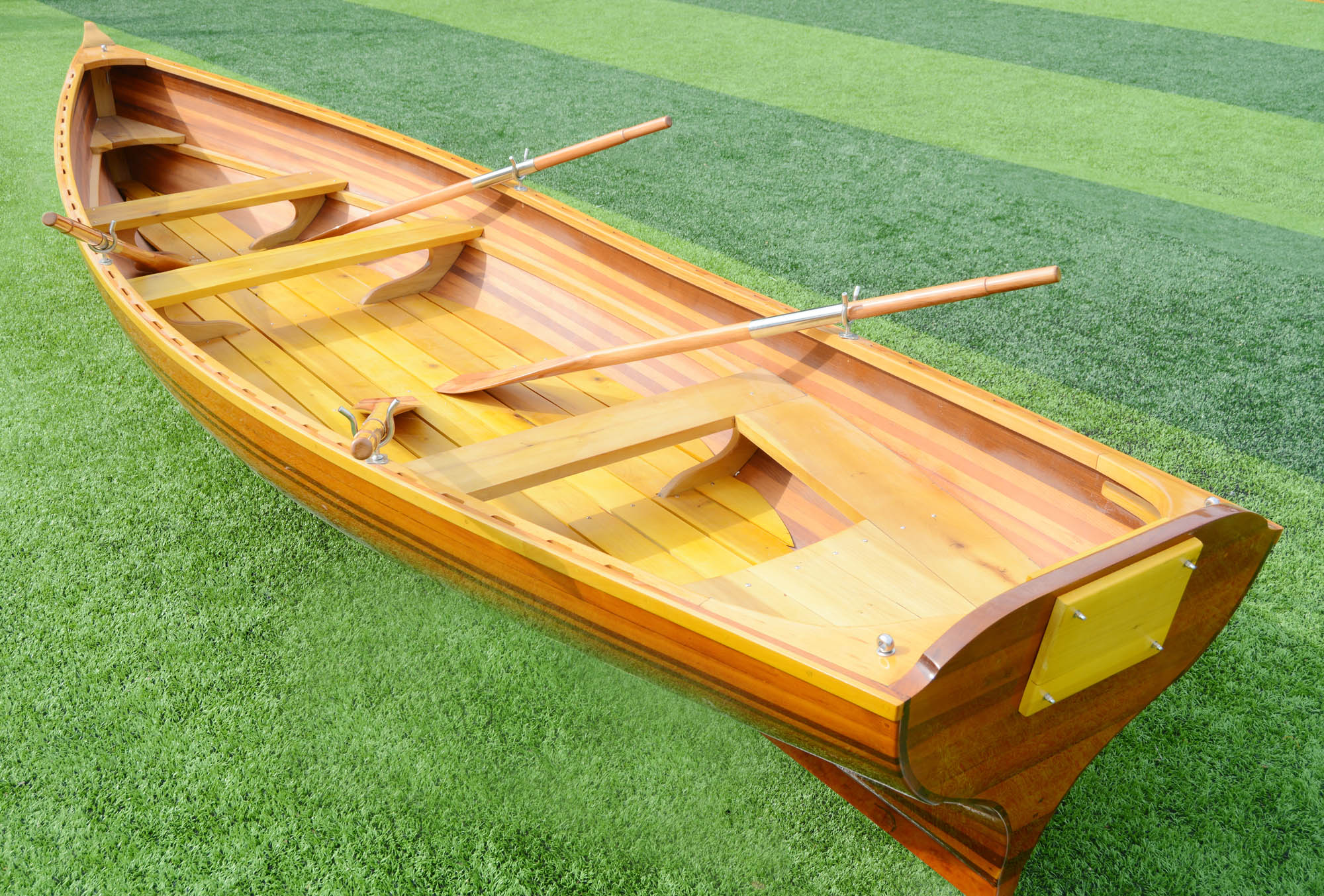
Wooden Dinghy Construction: Essential Tips and Tricks
Building a wooden dinghy is a rewarding challenge that combines craftsmanship with the joy of creating something beautiful and functional. It's a journey that takes you through the intricacies of woodworking, the satisfaction of working with natural materials, and the anticipation of gliding across the water in your own hand-built vessel. This guide provides essential tips and tricks to help you navigate the exciting process of constructing a wooden dinghy.
Choosing the Right Wood
The wood you select forms the backbone of your dinghy, so it's crucial to choose wisely. Consider the following factors:
Strength and Durability
For a dinghy's hull, you need wood that's strong and resilient. Mahogany, cedar, and oak are classic choices known for their durability and resistance to rot. Pine is a lighter option, suitable for smaller dinghies.
Water Resistance
Marine plywood, often made from Okoume or Birch, is a reliable choice for dinghy construction. Its layers of wood are glued together, creating a water-resistant and stable material.
Appearance
Consider the look you desire. Mahogany's warm tones and elegant grain pattern make it a favorite for classic dinghies. Cedar has a natural resistance to insects and a pleasant aroma.
Layout and Design
Before starting construction, meticulously plan your dinghy's design. Choose a design that suits your skill level and desired size.
Planking and Frames
Decide how you'll construct the hull. Traditional methods use planks that are fastened to ribs (frames). Alternatively, you can utilize plywood panels for a faster and more streamlined approach.
Dimensions and Shape
Determine the length, width, and shape of your dinghy. Consider factors like intended use, storage space, and ease of handling.
Stability and Buoyancy
Ensure the design offers sufficient stability and buoyancy. This involves calculating displacement and considering the dinghy's intended load capacity.
Essential Tools and Equipment
Building a wooden dinghy requires a range of tools and equipment. Gather these essentials:
- Hand tools: Saw, chisels, planes, hammers, screwdrivers, and a measuring tape.
- Power tools: A drill, sander, and possibly a router.
- Clamps: Various sizes for holding pieces together during assembly.
- Work surface: A sturdy workbench or table.
- Safety gear: Eye protection, ear protection, and gloves.
Construction Techniques
Once you have the wood and tools, follow these construction steps:
Preparing the Wood
Cut and shape the wood precisely according to your plans. Sand the surfaces smooth, ensuring a clean and consistent finish.
Assembling the Frames
If building a traditional dinghy, join the ribs (frames) together, forming the shape of the hull. Use strong joints and secure them with screws or glue.
Attaching the Planking
Carefully attach the planks to the frames. Use marine-grade screws or copper nails, driven with a specialized boat hammer. Ensure the planks are tight and even.
Epoxy and Fiberglass
After planking, apply epoxy resin and fiberglass cloth to the hull's interior and exterior. This creates a waterproof and durable layer.
Finishing Touches
Sand the finished hull smooth, apply paint or varnish, and attach fittings like seats, oars, and a rudder.
Tips for Success
Building a wooden dinghy requires precision and attention to detail. Here are some additional tips:
- Patience is key: Wooden boat building requires time and patience. Don't rush the process, allowing each stage to dry properly.
- Work with quality materials: Don't compromise on the quality of wood, epoxy, or fiberglass. These materials are crucial for your dinghy's longevity.
- Seek guidance: Join a boatbuilding club or online forum to connect with experienced builders who can offer advice and support.
- Practice makes perfect: If you're new to woodworking, start with smaller projects to build your skills before tackling a dinghy.
- Enjoy the journey: Building a wooden dinghy is an enjoyable process. Take pride in your work and appreciate the artistry involved.
Building a wooden dinghy is a journey of craftsmanship, creativity, and connection to the water. Embrace the challenges, celebrate the successes, and relish the satisfaction of creating something unique and lasting.
0 comments:
Post a Comment
Note: Only a member of this blog may post a comment.